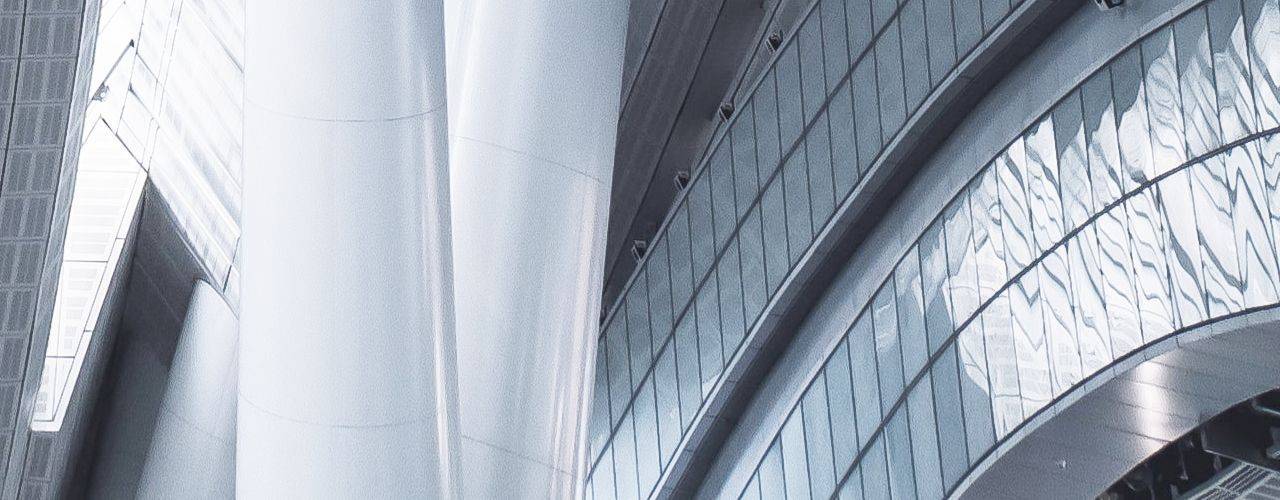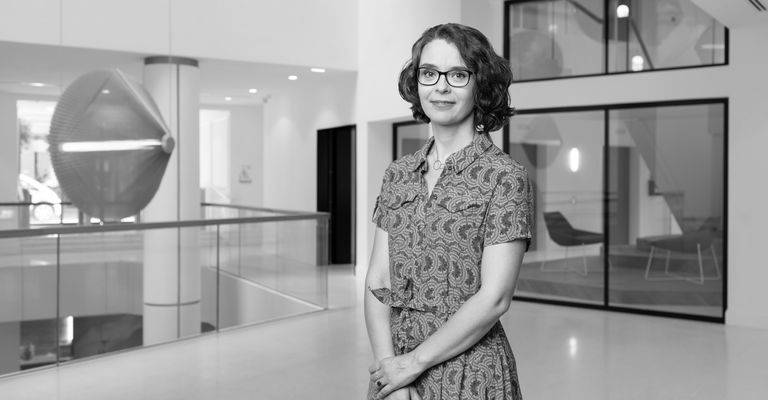Insights
Paris' future bioclimatic local urban planning scheme: where do we stand?
Apr 04, 2023Summary
The City of Paris launched the general revision of its local urban planning scheme – called PLU (plan local d’urbanisme) – in December 2020.
After two years of public consultation, the draft new PLU is almost ready for adoption by the Paris council before the 2023 summer holidays. It will then be submitted to public enquiry in autumn 2023 and its final approval and entry into force is expected in mid-2024.
In this insight, we present the main lines of this future PLU, which the city of Paris wanted to be “bioclimatic” and which it conceived as a tool for rebalancing the different functions of the city (housing/activity).
In December 2020, the City of Paris launched the general revision of its PLU (plan local d’urbanisme - local urban planning scheme).
Since then, several public consultation phases have already been carried out on the various documents that constitute the PLU: first, on the territorial diagnostics (April - July 2021); second, on the main orientations of the planning and sustainable development project (January - April 2022), after they were debated at the Paris Council on 16 November 2021.
The third and final consultation phase was conducted between September and November 2022, covering the preliminary draft of the development and programming guidelines (OAP – orientations d’aménagement et de programmation) and of the regulations of the future PLU.
A preliminary draft outlines the key points of the future bioclimatic PLU. Although it does not yet explicitly specify the applicable rules, it exposes the intention of the City of Paris with regard to its environmental objectives and the rebalancing of housing and employment sectors.
WHAT IS THE CONTENT OF THE FUTURE BIOCLIMATIC PLU?
This future bioclimatic PLU is centered around three main themes:
- The City's ecological transition
- An inclusive, productive and supportive City
- A City that enhances its existing heritage
The City’s ecological transition
Paris is doing its utmost to face climate change and is aware of its low ratio of green spaces and nature per inhabitant (currently established at 8.6 sq. m/ inhabitant).
The aim of the future bioclimatic PLU is to:
- reach 40% cover of the territory in permeable and vegetated surfaces by 2050 and get closer to 10 sq. m of green spaces open to the public per inhabitant;
- encourage open spaces: all open space on a plot of land is to be planted with vegetation, according to a threshold proportional to the size of the plot (reaching up to 60% for bigger plots of land);
- create a greening rate for new buildings (in addition to the open space obligation);
- set new provisions favoring the rehabilitation of existing buildings;
- strengthen the energy performance of buildings and improve summer comfort.
An inclusive, productive and supportive City
Rebalancing housing and employment
One of the objectives of the future bioclimatic PLU is to significantly increase the supply of housing, particularly social housing, in Paris. The City aims to put an end to the “monofunctionality” of certain districts that it considers disproportionately dedicated to tertiary activities (most notably to offices).
To this end, several legal tools are favored:
- An increase in the number of areas reserved for housing programs (from 300 to roughly 1000): such an easement limits the construction options on the relevant plot of land as it can no longer receive a project that differs from the program for which it was reserved (i.e. a housing program). This legal tool is currently highly criticized by major real estate players as it mostly applies to tertiary buildings;
- The reinforcement of the social mix easement, currently imposing a minimum share of 30% of social or intermediate rental housing for certain housing programs: the ratio is to be raised to 35% and, in some in hyper-deficit areas, may even reach 50%;
- The introduction of a functional mix easement, requiring any construction project, major restructuring or change of use involving more than 5,000 sq. m of floor space for economic purposes, to include 10% housing as long as such project is located in the residential development sector.
Protection of local businesses
The future PLU seeks to protect certain forms of economic activity and to combat others considered to have negative externalities:
-
Promotion of local businesses through the creation of 119 new commercial protection lines: along these protected streets, all construction, reconstruction or heavy restructuring projects shall allocate all ground floor areas to commercial and craft activities. No change of use of commercial and craft activities to another use will be authorized. Exceptions are nevertheless provided for educational, health and social establishments, art and entertainment halls, sports facilities and cinemas, which may be located on the ground floor along these commercial protection lines;
- Protection of local businesses through the prohibition of dark stores and dark kitchens along commercial protection lines. Furthermore, the future bioclimatic PLU may renew the current provision of the Paris PLU regulations that prohibits the conversion of current street-level ground-floor premises into warehouses and provides that warehousing/storage use is only permitted on sites where there is no housing other than caretaker’s accommodation. As the French Conseil d’Etat just ruled that dark stores fall under the qualification of “warehouses” [1], such a ban in the future bioclimatic PLU might put a stop to the development of this type of activity within the capital city;
-
Prevention of the development of furnished tourist accommodation: their creation will be forbidden in delimited sectors to be referenced on the graphic regulations, and the future bioclimatic PLU will ensure that they can only be installed on plots of land where no residential use is present.
A City that enhances its existing heritage
The future PLU aims to set new rules for both new and existing buildings to promote bioclimatic architecture. In particular, rehabilitation, which is considered more environmentally friendly, will be favored over new construction.
The objectives will be as follows:
- the future PLU regulations will set new rules for:
- more summer comfort;
- greening of existing and new buildings.
-
new criteria for building heights will be adopted to better take into account the diversity of urban landscapes: extensions should be allowed for residential use only, and for one level only, maximum height should be 37 m;
- the list of buildings protected for heritage reasons shall be extended.
-
new rules will be set to promote the development of open spaces within built
areas on a plot of land.
-
some specific provisions will apply to constructions from the 50s-60s-70s, such as the possibility of increasing the thickness thereof to improve their habitability and their capacity to adapt to climate change, for example.
-
the future PLU regulations should reduce the main constructability band from 20 m to 18 m to preserve unbuilt areas in the center of the plot of land, and limit the height of constructions to 15m when located in the center thereof.
POSITIVE EXTERNALITIESIn addition, the future PLU regulations will provide for a new mechanism to promote “positive externalities”. It is intended to encourage project developers to “outperform” in a certain number of criteria in order to make projects particularly innovative and resilient. According to the draft regulations, any new construction or major restructuring project should outperform on at least three of the nine evaluation criteria in order to obtain a building permit. These criteria relate to three main themes:
|
||
WHEN WILL THE BIOCLIMATIC PLU COME INTO FORCE?
Anticipated timetable
To date, the elaboration of the bioclimatic PLU is still ongoing.
However, as the consultation on all the PLU documents has now been completed and the final arbitrations are underway, the next steps are anticipated as follows:
-
Deliberation of the Paris Council adopting the draft PLU: before the 2023 summer holidays – it is currently scheduled for June 2023, during the ordinary council or an extraordinary council (as the case may be). At this stage, the draft PLU regulations will be both precisely defined and stabilized for public enquiry;
-
Transmission of the draft PLU for opinion to the associated public bodies;
-
Submission of the draft PLU to public enquiry: in the second half of 2023. The report of the
enquiry commission is expected by the City by the end of 2023;
-
Deliberation of the Paris Council approving the bioclimatic PLU: planned for mid-2024, the City considering that there will certainly be a great deal of adaptation work to account for the possible reservations and observations of the enquiry commission. The public enquiry cannot lead to significant changes to the draft PLU.
In the meantime
To date, the current PLU covering the City of Paris is still applicable, which means that all building permit applications on projects filed today will be examined in light of the PLU currently in force (and not the future bioclimatic PLU).
However, the future PLU is not completely out of play.
The French urban planning code provides for the possibility for the City to postpone making a decision on applications for constructions, installations or operations that would likely compromise or burden the execution of the future plan. Such stay of execution may be opposed once the debate on the general orientations of the planning and sustainable development project has taken place.
In the present case, one such debate took place on 16 November 2021 at the Paris Council, and the main outlines – and, in some cases, quite a lot of details – of the future PLU regulations were brought to public attention.
Therefore, the risk of a stay of execution exists and will become increasingly likely from this summer onwards, when the Paris Council adopts the draft regulations.
The stay of execution cannot exceed 2 years, which means that at the end of this 2-year period, the instructing authority shall either grant or refuse the authorization, based on the applicable PLU at that time.
[1] Conseil d’Etat, 23 March 2023, Ville de Paris c/ sociétés Frichti et Gorillas Technologies France, no 468360.
Related Practice Areas
-
Real Estate
-
Planning & Zoning
-
Environment




